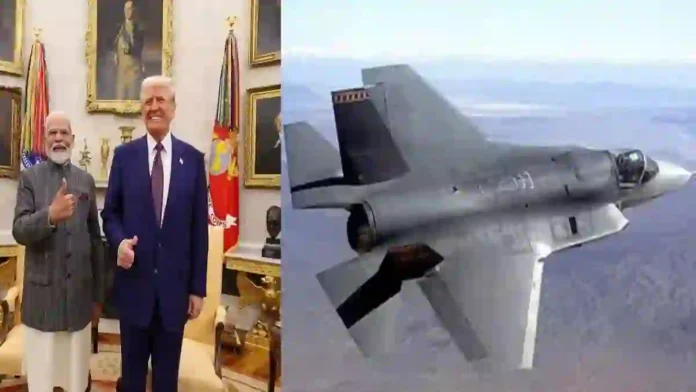The G2G (Government-to-Government) deal is a method of defence procurement where two sovereign governments negotiate directly for the sale and transfer of military equipment, bypassing traditional competitive bidding processes. This approach has been favoured in various defence transactions due to its potential advantages over standard procurement methods.
In contrast to open competition, a government-to-government (G2G) deal involves both governments rather than a company directly selling weapons to India. Most of India’s defence deals with Russia, its main weapons provider, have occurred under G2G deals, also known as Inter-Governmental Agreements (IGAs). The Rafale fighter jet deal with France also followed this model.
What Is A G2G Deal?
Direct Negotiation: In a G2G deal, the governments of the buyer and seller engage directly, which contrasts with procurement through commercial companies. This often leads to streamlined negotiations and agreements.
Flexibility: These deals can bypass complex and lengthy procedures outlined in standard Defence Procurement Procedures (DPP), allowing for more flexible terms regarding pricing, delivery timelines, and maintenance support.
Sovereign Assurance: G2G arrangements typically include sovereign guarantees from both parties, providing a higher level of commitment and security in the execution of the deal. For example, in previous G2G agreements like the Rafale deal, any disputes were to be resolved through established bilateral channels.
Speed of Delivery: G2G deals are often preferred for urgent procurement needs, as they can significantly reduce delays associated with traditional bidding processes. This is crucial for countries like India, which are facing immediate defence requirements.
Protection Against External Risks: Such agreements can offer better protection from external factors like sanctions or supply chain disruptions, ensuring a more reliable flow of military equipment.
Read- AMCA Design Undergoes Further Tweak Due To Additional Testing
Why Is It Preferred For F-35 Acquisition?
The potential acquisition of F-35 fighter jets by India is likely to follow a G2G model similar to that used for the Rafale jets. Here are key reasons why this approach is favoured:
G2G deals bypass the standard Defence Procurement Procedure (DPP) for greater flexibility. The Defence Acquisition Council of the Ministry of Defence establishes the deal’s broad parameters. A Ministry of Defence committee negotiates the deal with a foreign government agency, coordinating with the manufacturing company as needed. The final deal, brokered by the two government agencies, requires approval from a cabinet committee headed by the Prime Minister.
G2G deals can ensure deliveries and pricing align with those offered to the U.S. armed forces. They also enable speedier delivery by avoiding potential delays associated with the DPP. Additionally, G2G agreements offer protection from uncertainties such as sanctions or supply disruptions and ensure stronger engagement of the contracting nation in India’s defence needs.
The decision to use a G2G deal for Rafale fighter jets was to address an emergency requirement. The government told the Supreme Court that the Rafale deal, as a G2G arrangement, offered better pricing, delivery, and maintenance compared to the earlier contract being negotiated, which failed due to disagreements on costs between the French company and Hindustan Aeronautics Ltd.
G2G defence deals provide a degree of comfort because of sovereign assurance. For example, disputes in the 2016 Rafale deal’s execution were to be settled through a Bilateral High Level Group established by India and France. Unresolved issues would be settled by arbitration following United Nations Commission on International Trade Law guidelines.
A purchasing government in a G2G deal receives the same benefits and protection that the manufacturer provides to its own government. The inter-governmental agreement makes the responsibility of the French government and Dassault Aviation in the Rafale deal “joint and several,” ensuring a high level of commitment.
Streamlined Processes: By avoiding the lengthy competitive procurement process, India could expedite its acquisition of advanced fighter jets necessary for maintaining air superiority amid regional security challenges.
Enhanced Cooperation: G2G deals foster closer ties between the two nations’ defence establishments, facilitating better communication and collaboration on strategic military needs.
Reduced Risk of Corruption Allegations: Direct government negotiations can help mitigate concerns about corruption or malpractice that may arise in open competitive procurements.
G2G deals are increasingly seen as an effective means for countries like India to procure advanced military technologies swiftly and securely, particularly in light of pressing defence needs against evolving regional threats.
IDN
Agencies




